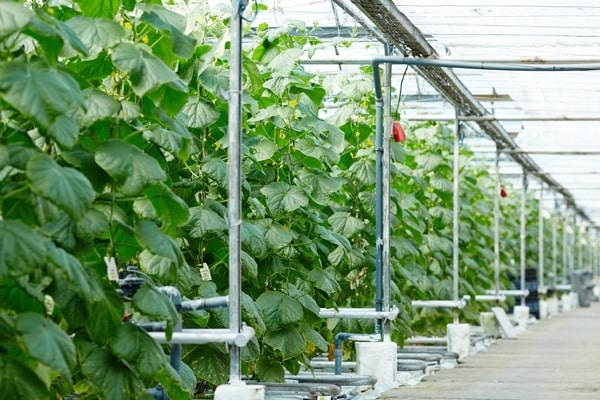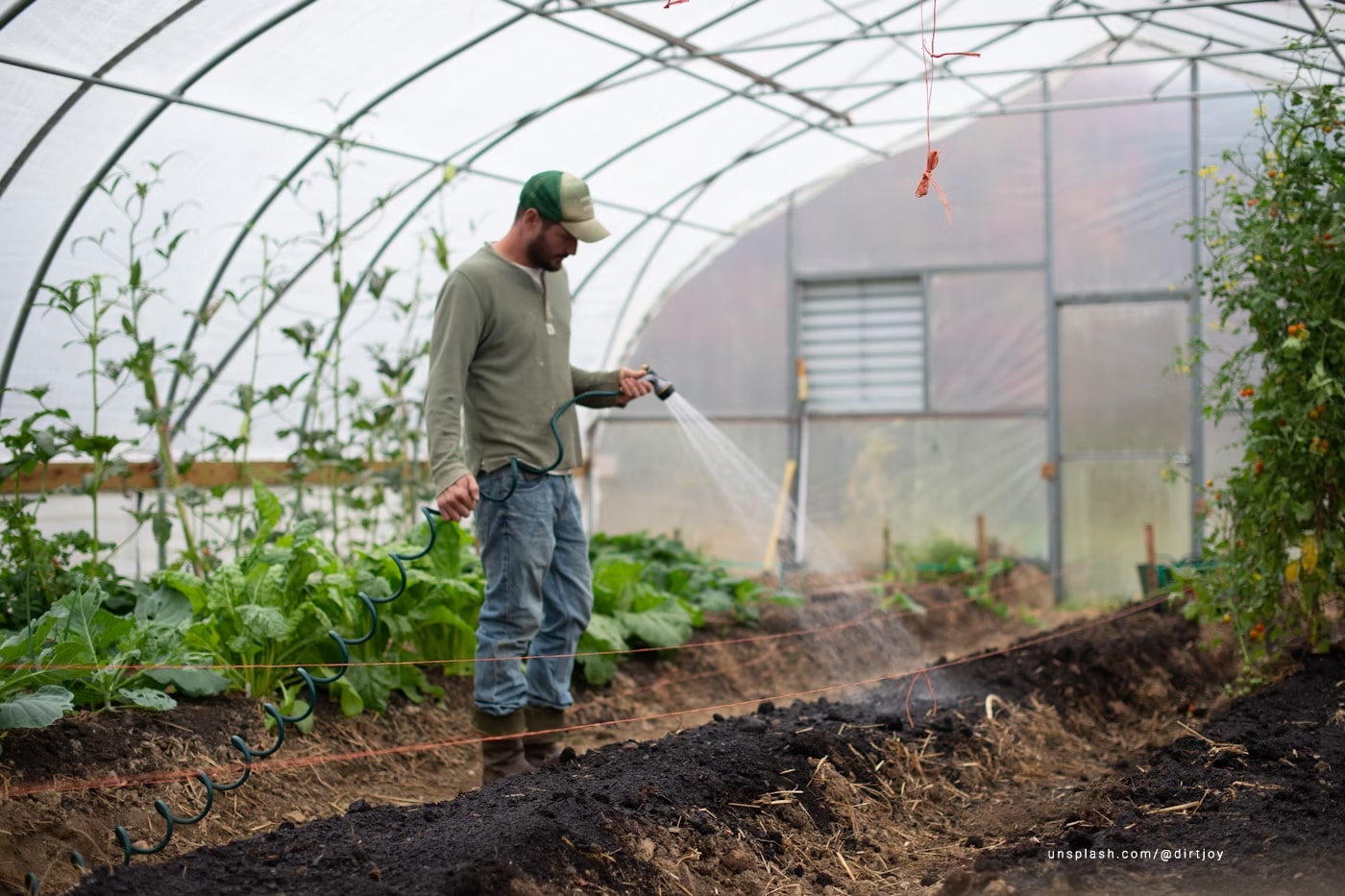If you’ve got a garden that’s bursting with greenery but you’re not always home to give it the attention it needs, a garden irrigation system might be the perfect solution for you. But with so many options available, what type of irrigation system should you go for? What about the installation process, and maintenance requirements?
There’s a lot to consider before you install a garden irrigation system, and we’re discussing everything to be aware of in this guide.
Contents []
Key Factors to Consider Before Installing an Irrigation System
1. Know Your Water Source and Pressure
Start by determining the water source you want to use for your irrigation system. For most folks, this’ll probably just be mains water, but you might also use a rainwater tank or a borehole, depending on your setup
Keep in mind that your water pressure will affect which type of system works best. If you’re not sure, it’s worth hiring a local plumbing company to help you assess your water pressure and make adjustments if needed.

2. Consider the Most Eco-Friendly Choices
Eco-friendliness should be at the forefront of your mind whenever you’re considering a garden renovation of any kind. Some irrigation systems are better for the environment than others, so do your research and choose a more eco-friendly option when possible.
Drip irrigation and soaker hoses both reduce water waste, making them popular eco-conscious choices. You could also build a rainwater harvesting system (if you don’t have one already) to supply your irrigation. Your choice of materials also affects your irrigation’s eco-friendliness, so try to avoid plastic-heavy systems where possible.
3. Assess Your Garden’s Layout and Plant Types
Next, assess the plants you need to irrigate in your garden, so you can choose the right system layout for the job. Given that different plants need different amounts of water, this is something that might take a bit of planning to get right.
A good place to start is measuring the zones in your garden (like the flower beds, vegetable patches, lawn, and so on). When you have this information, you’ll find it easier to plan where to place your irrigation system’s drippers, or sprinklers.

4. Choose the Right Type of System For Your Needs
If you’re still not set on a specific type of system, now’s your time to go through your options and make a decision.
Drip systems work well for targeted watering, but if you’ve got a lawn or just want wider coverage, a set of sprinklers will probably be best. Soaker hoses are a low-tech option, but they’re generally the most effective choice for using raised beds.
5. Think About Automation and Timers
Finally, for your irrigation system to work quietly and efficiently behind the scenes, you need to think about automation and timers.
Being able to set your system to automatically turn on and off using timers will make it easier and more efficient to water your garden. Even better if you can use a smart system, so you can adjust your watering schedules based on the weather using an app on your phone. This is a great way to save your own time and avoid overwatering your plants.




